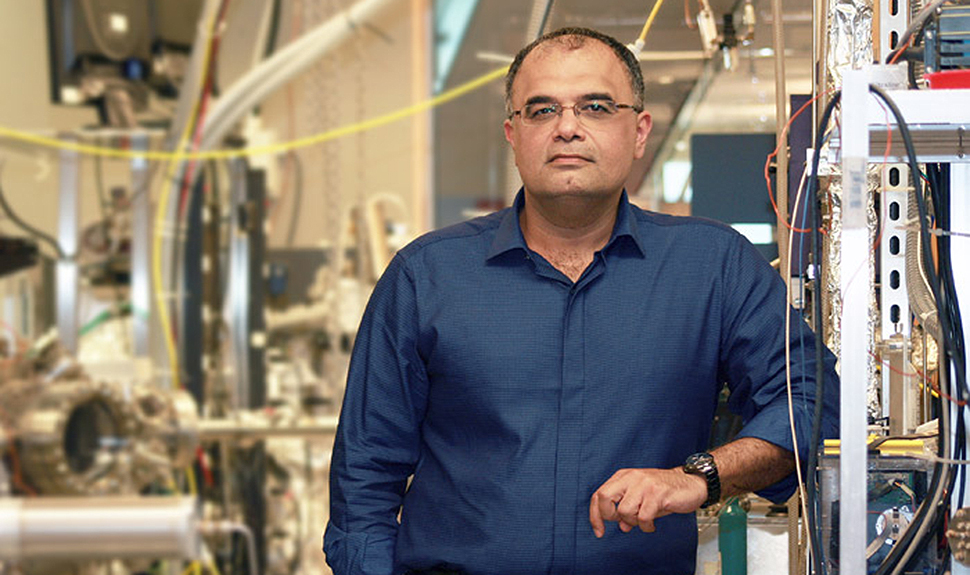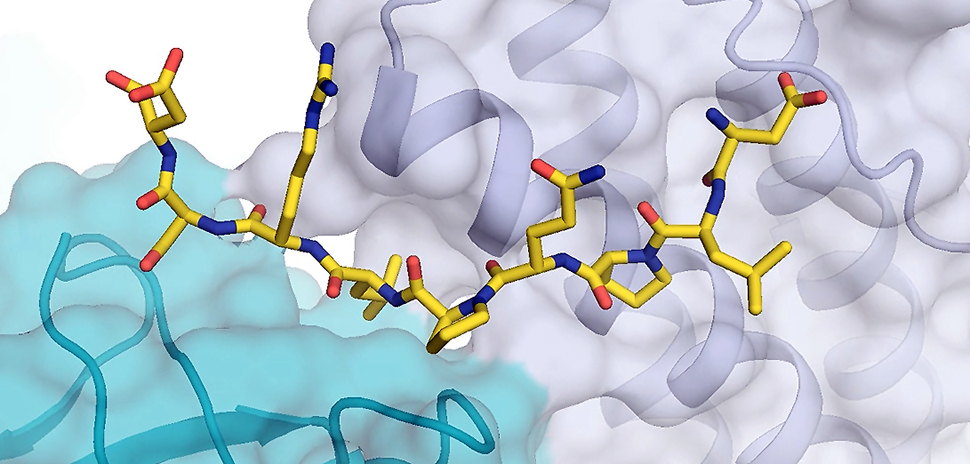![]() Every week, we do a little research of our own. We’re looking for scientists, professors, engineers, entrepreneurs—anybody, really—engaging in research and development across North Texas.
Every week, we do a little research of our own. We’re looking for scientists, professors, engineers, entrepreneurs—anybody, really—engaging in research and development across North Texas.
There’s plenty of good work being done. If you want to put R&D under your microscope, sign up for our e-newsletter.
UTSW research could bolster new immunotherapies
Research being done at UT Southwestern Medical center could lead to better immunotherapies in cancer and improved treatments for autoimmune diseases, such as lupus.
The researchers used cryo-electron microscopy (cryo-EM) to determine the near-atomic structure of the smallest membrane protein solved to date, according to a UTSW release. Cryo-EM uses a massive microscope to shoot a narrow stream of electrons through thin, flash-frozen samples.
The STING (Stimulator of Interferon Genes) protein studied in UTSW’s 24/7 Cryo-Electron Microscopy Facility is roughly half the size of the next-smallest membrane protein, according to researchers. Their work is detailed in three studies published online, with Dr. Zhijian Chen as a corresponding author.
Two of the studies show the first full-length structure of the elusive STING protein attached to different molecules in the pathway. STING is a member of an important pathway in innate immunity, in what is called the body’s first line of defense against infections. The third study offers insight into the primitive function of the cGAS-STING pathway, supporting the importance of understanding its protein structure.
Chen recently was the recipient of one of the world’s most prestigious biomedical awards for his discovery of a DNA sensor that launches the body’s immune defense against infections and cancers in a pathway in which the STING protein is pivotal.
$2.4M grant backs UTD professor’s work in atomically precise manufacturing
A professor at the University of Texas at Dallas has received a $2.4 million grant from the U.S. Department of Energy to develop a technology for high-throughput, atomically precise manufacturing, or APM.

Rexa Moheimani has received a $2.4 million grant from the U.S. Department of Energy. [Photo: Courtesy UT Dallas]
The grant will support work by Reza Moheimani, professor of systems engineering and holder of the James Von Ehr Distinguished Chair in Science and Technology. The university said the grant will help build on his work in scanning tunneling microscopy.
Moheimani seeks to develop enabling technologies for a unique approach to atomically precise manufacturing, which is used for 3D printing with atomic precision.
The grant also involves Zyvex Labs and the National Institute of Standards and Technology, and will back the development of new hardware and control algorithms to boost Moheimani’s APM method.
What can the new method do? The potential applications range from anatomically precise membranes for removing minerals from water to emerging quantum computing circuits and two-dimensional-quantum metamaterias, UTD said.
UT Dallas scientist among group in crystal semiconductor breakthrough
Also at the University of Texas at Dallas, assistant professor of physics Yuri N. Gartstein is among a group of researchers who have discovered a new way to control light that comes from crystal semiconductors, a finding that could lead to more advances in electronics.
Gartstein is among scientists from Rutgers University and the University of Minnesota who wrote about the work in the journal Materials Today.
According to a report in Market Business News, the research involved “hybrid perovskites,” made up of interlocking organic and inorganic materials, which have shown promise for use in solar cells. Also, the discovery may bring greater efficiency to optoelectronics manufacturing at a lower cost. You can find out more here.
READ NEXT
![]()
Get on the list.
Dallas Innovates, every day.
Sign up to keep your eye on what’s new and next in Dallas-Fort Worth, every day.
































